Vegetable Sowing and Planting Tips
Brace yourselves folks, we are now entering the busiest time of year in the vegetable garden. The soil has warmed sufficiently for sowing and planting out but has also warmed enough for weeds and grass to burst back into life. It is a battle between what we want to grow and what we don't with the latter often being far more work.
The picture below shows my disgracefully grubby polytunnel, my not so grubby house and some gooseberry and blackcurrant bushes. The foreground includes some trays of vegetable plants ready to go into the garden. I have already started filling up my beds both outside and in the tunnel but this week I'll be using the longer evenings to get the whole lot done.
You're probably sick of hearing me go on about mulching, I mention it again below, but apart from it's soil building advantages it is also great for keeping weeds under control. Mulch prevents light reaching annual weed seeds and will significantly reduce your workload so another great reason to keep your soil covered.
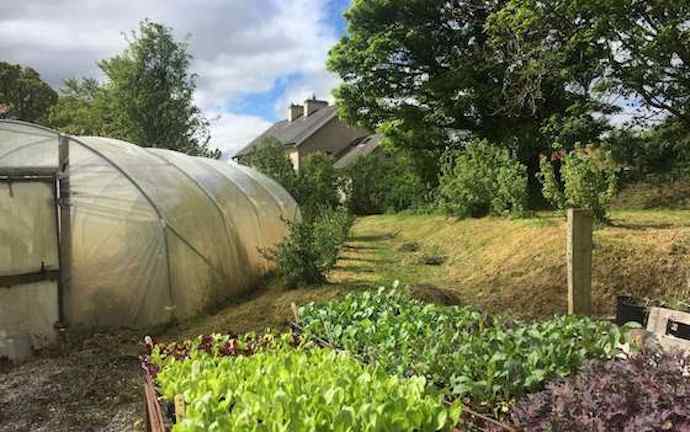
Given the time if year I thought it would be handy to give you some sowing and planting tips which I hope you will find helpful.

Grow Your Own Vegetables - Joy Larkcom
View ProductGet 'Grow Your Own Vegetables' by Joy Larkcom. That's my first and most useful tip. This fabulous book comes from a time when we had an attention span and is the opposite of the 'information lite' soundbites that we deal with these days. I love it because it is full of very detailed information (clearly from first hand experience) yet never assumes any prior level of knowledge. It is perfect for both a beginner gardener and a grower with many years of experience; for thrifty types this means you need only buy one book no matter how good you get!
Joking apart this is the book on vegetable growing, I read a lot of books on the subject and have yet to find one that comes close.
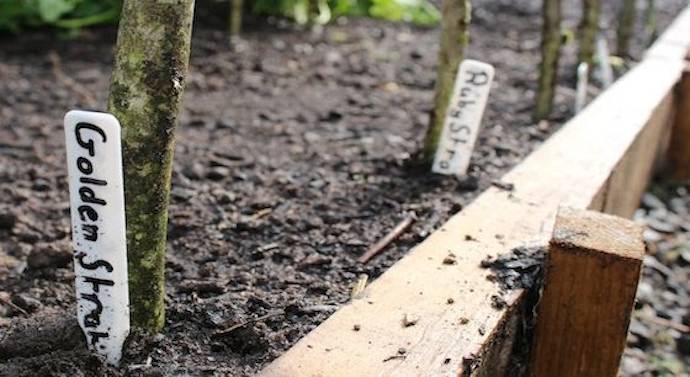
Sowing Seeds Stale Seedbed - It is not a very attractive name but the stale seed bed is a handy process for reducing the number of annual weeds. The idea is that weed seeds are brought to the surface when preparing the bed for sowing, the seeds are left to germinate and are hoed off before sowing your crop. If you have time in the season you can do this twice, I often do this in early April before sowing carrots in early May.
What to Sow Direct - In general sowing seeds in modular trays for planting out later is the most efficient way of getting quality plants. Modular trays are made up of individual 'plugs' which can be planted out with minimal root disturbance. I would recommend using modules of varying sizes for most crops. There are, however, some exceptions as follows:
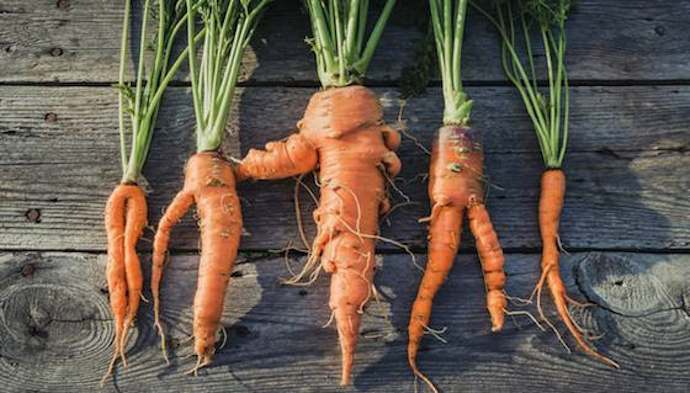
Plants with tap roots like carrot or parsnip do not transplant well as either the tap root is damaged or ends up becoming pot bound in the module. Root crops like beetroot, swede, turnip and radish are also sensitive to root disturbance but can be module grown provided they are planted out quickly before the tap root has fully formed. Large seeds like peas or beans will quickly outgrow a module and are so easy to handle that they are better (and more fun) to sow direct.
Accuracy - You should try to be accurate when sowing seeds and sow as close to the recommended spacing as possible. Crowded seedlings will need to be thinned and, if not done in time, may all be lost. I have read if you mix small seeds with fine sand it makes sowing easier but I haven't tried this. I pour seed into my palm and take a pinch at a time and sow by rubbing my finger and thumb together along the row.
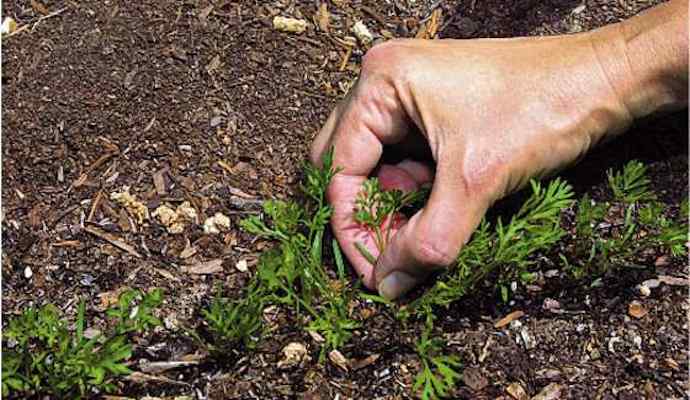
Thinning - When thinning seedlings (removing excess plants from a row) it is better to pinch or snip them off at soil level rather than pulling them out to avoid disturbing the roots of neighbouring seedlings.
Mulching after sowing - Once seeds have germinates it is a good idea to add a compost mulch between the rows to helps keep weeds down.
Sow on a dull day - You are better off sowing on a dull day rather than full sunshine so the soil doesn't dry out so quickly, afternoon or evening is also better than the morning.
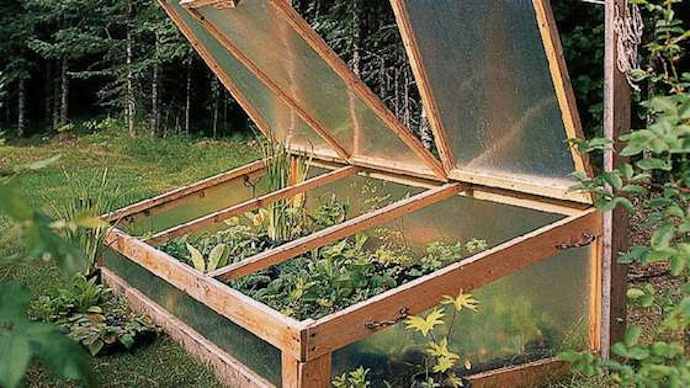
Planting Out
Hardening off - Hardening off means getting plants that have been started in a greenhouse or tunnel used to outside temperatures. It is recommended to bring them out on mild days and back in at night for a week before planting out; plants are left out at night towards the end of the week. I must admit I am a bit impatient (lazy) about this and tend to leave them out for a couple of days before planting and only take them in at night if temperatures are expected to be below 4 degrees.
The best solution is a cold frame pictured above which can be closed at night and opened progressively wider in the daytime as the week progresses.

Seafeed Natural Seaweed Extract & Poultry Manure Fertilizer
View ProductPlant feed - I like to mix in a small amount of blood fish and bone into the soil around the planting hole for most seedlings to help them get established as it is good for root growth. It is worth remembering that feeding roots spread a good distance around the plant and are close to the surface so don't apply feeds to the planting hole only, work it in to the soil around the plant.
If I am planting heavy feeders like members of the cabbage family or tomatoes, cucumbers and courgettes I mix a generous handful of Seafeed seaweed and poultry manure, again worked in around the planting hole to the approximate size of the mature plant.
Get a good seal - It is important that you get a good seal between the surrounding soil and the roots by firming the soil in around the plant. Push the soil in around the roots rather then just pushing down from above, the finished seedling should feel firmly anchored when gently tugged by the stem.
Mulch after planting - As with sowing it is a good idea to mulch the surrounding soil to keep weeds down, reduce evaporation and feed the soil. As per previous mails, regular mulching is your key to a healthy garden and should be a continuous process.
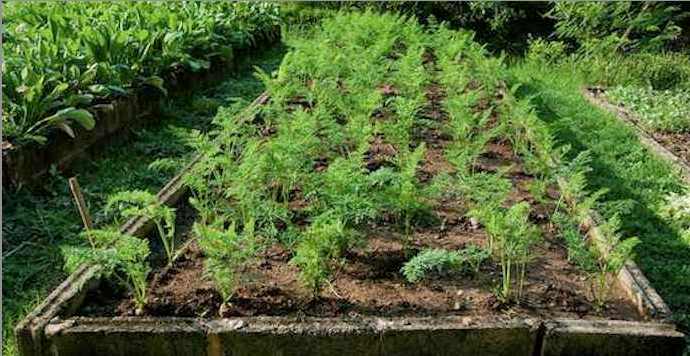
Equidistant spacing - This is something I read in 'Grow Your Own Vegetables' which I kind of do anyway but could never figure out the calculation, until now. Most seed packs (including ours!) will give plant spacing as the distance between each plant in a row and the distance between rows. The system of row planting has it's origins in agriculture where space is required for machinery; in the garden this is wasted space.
Using equidistant spacing means having the same distance between plants and rows. Joy's example in the book is as follows: 'Instead of planting 20cm apart in rows 30cm apart, plant 25cm apart each way.' To work out equidistant sizes from plant / row spacing add the in row and inter row spacings together and halve them.
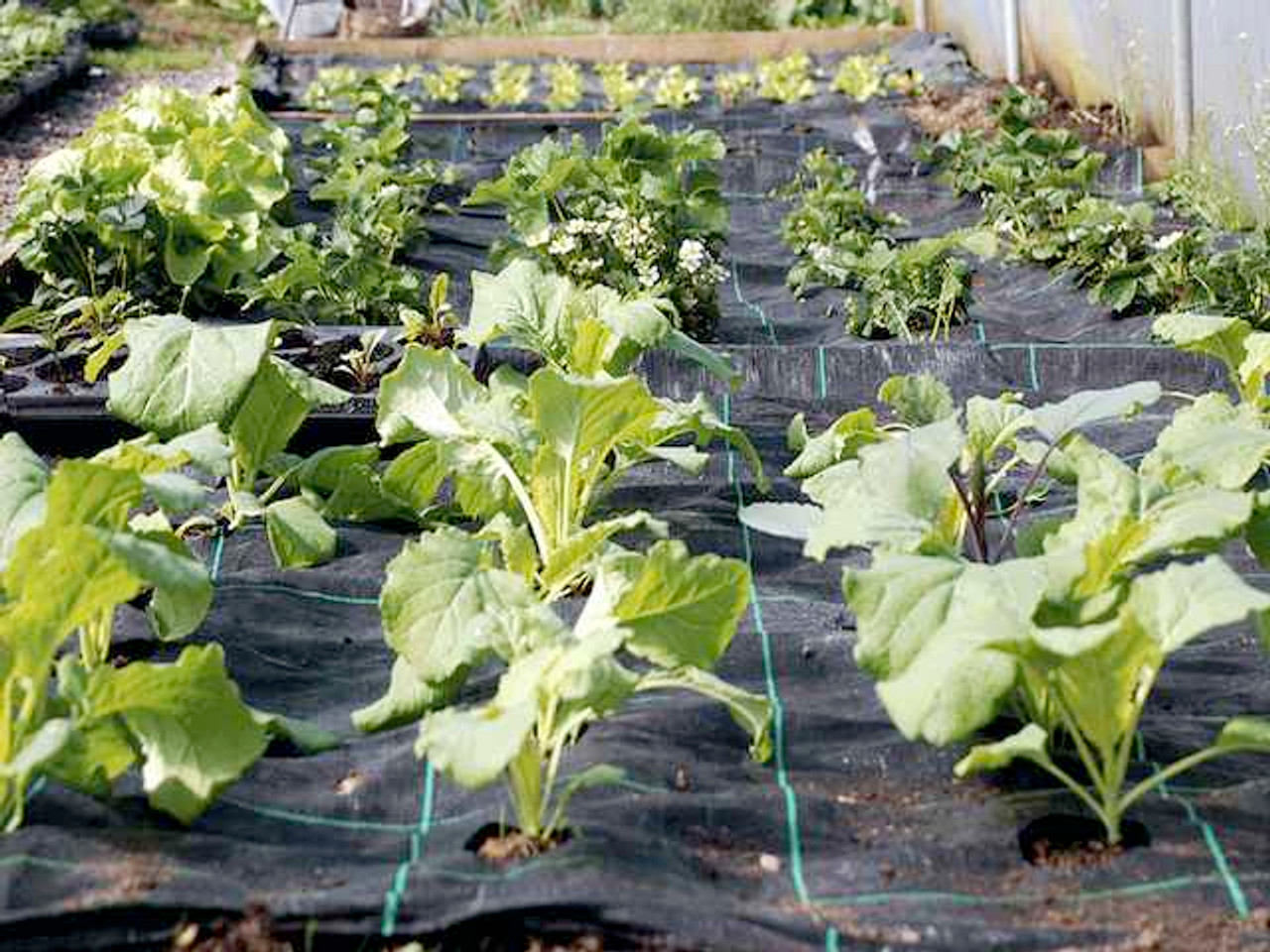
Gro Grid Planting Mat 'A' for Kale, Spinach, Strawberries
View Product
